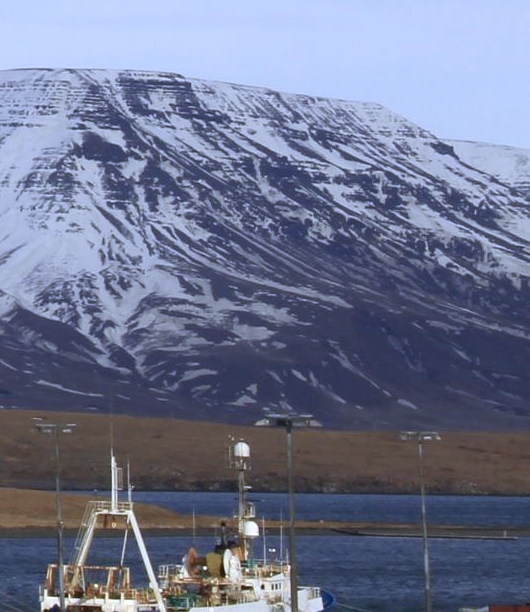It's a question of why you thought the subject exciting and what you think is lost when converting your view from eyeball to photo.
If you drew the scene by hand on a piece of paper would it be greatly improved or only something suitable for your mom's fridge. If it's the former then you have a natural (or learned) talent for drawing. If it's the latter you would either want to settle for what you have (don't be so critical of your own work) or learn to do better.
That's an important consideration because IF each of those photos was supposed to be about "Birds in the Harbour" then I suspect many of these comments / answers did not assist.
What was it in the first place that made you feel: "I need a Photo of that". That's what you want to capture, it would make little sense to point the Camera in the opposite direction.
One commonality I can GUESS that is "wrong" with those photos is that each time you've pointed the Camera a bit too high and zoomed in a bit too much. BUT that's only a guess, my "I don't know what you want, why did you take that Photo" vs. your "That's a great moment / subject, I must preserve it"; and now you are unhappy with what you did.
I am not "unhappy" or particularly "bored" by your photos but I also would have done them differently (in that same area) or have been in a different area in the first place.
What did you want to convey: the size of the Ship compared to you vs. the insignificance of each compared to the mountain. The second and third photos were a plea to choose the creation of man over the simplicity of Nature - IF that's what you were trying for then I got it ...
What made that whole scene great and what was either not positioned within the resulting Photo correctly or (worse) partially cropped off.
Sometimes you might want the Ship to be in focus and the Mountains a little of focus to emphasize the distance, other times you might want both in focus.
You might want the Crane to be lined up so it looks like it is loading the Ship and the Mountains off in the distance, the Mountains not a part of the "subject" of the Image but present nonetheless - in that case you'd need to take the Photo from a different angle (maybe then the Mountains are out of the Shot, and there now comes a different series of considerations).
You would likely benefit from taking more Photos of that same scene from different angles with differing amounts of zoom. Then you can be certain you don't miss something and decide later which Photos you find most interesting.
It's like Buyer's Remorse. You took your shots and are unable to return the result.
Take more Photos, decide later what's exciting, use that knowledge gained to decide for yourself what makes them exciting for you (and work towards taking fewer Photos).
It's a learning process.
I'm OK with the Subject you choose, my only suggestion (which is not as general as the advice above, and applies only to those photos) is my guess: point lower and zoom out a bit.
As for "more exciting", for everyone. Try skateboarding, motocross, 'Topless Protest Day' - if you only want 👍's then you need a subject exciting to a larger audience (perhaps you are a part of that larger audience, and that's why you find your own Photos dull).
Keep Shooting, sometimes the skill develops with practice sometimes you give up (did you ever draw, do you still - was it / is it any good).
Art is partially for the Artist and partly for those chosen to share it. You are not required to appeal to everyone all the time, even yourself.
I hope that was both helpful (question answered AND taught how to fish) and inspirational.







